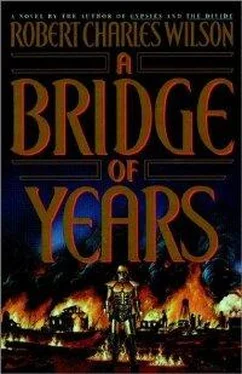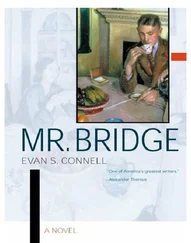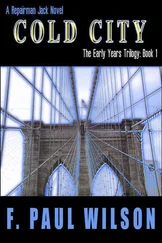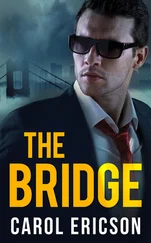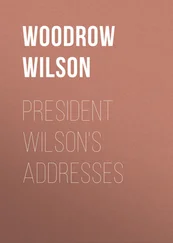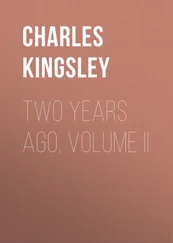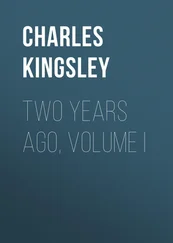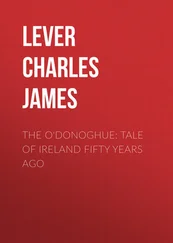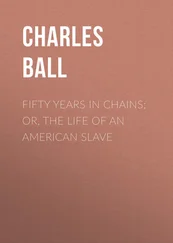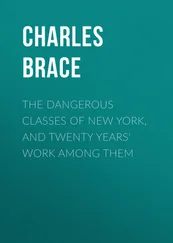Mankind arises. It turns out that mankind, like the grasses, like the flowering plants, is one of those species capable of transforming the planet itself. It alters the climatic balance and might well have drowned in its own waste products, except for an extraordinary new ability to modify itself and to create new forms of life. These are parallel and complementary technologies. Mankind, dying, learns to make machines in its own image. It learns to change itself in fundamental ways. The two capabilities combine to generate a new form of life, self-reproducing but only marginally biological. It can be called human because there is humanity in its lineage; it’s the legitimate heir of mankind. But it’s as different from mankind as crystalline life from the rocks it was born in, or protein life from the rocky structures that preceded it. These new creatures are almost infinitely adaptable; some of them live in the ocean, some of them live in outer space. In their diaspora they occupy most of the planets of the solar system. They are very successful. They begin to comprehend, and eventually manipulate, some fundamental constants of the physical universe. They visit the stars. They discover hidden structures in the fabric of duration and distance.
Ben paused, a little breathless. How long since these mysteries had been explained to him? Years, he thought—no matter how you measure it. “Catherine,” he said, “would you open the window? There’s a nice breeze outside.” A little dazedly, she rolled back the blinds and lifted the window. “Thank you,” Ben said. “Very pleasant.”
Archer was frowning. “These new creatures,’ these are the folks who travel in time?”
“Who built the machine that operates in this house, yes. You have to understand what time travel means, in this case. They discovered what might be called crevices in the structure of space and time—fractures, if you like, with a shape and duration outside the definable bounds of this universe but intersecting it at certain points. A ‘time machine’ is a sort of artificial tunnel following the contour of these crevices. In the local environment of the earth, a time machine can only take you certain places, at certain times. There are nodes of intersection. This house—an area surrounding it for some hundreds of yards—is one of those nodes.”
Archer said, “Why here?”
“It’s a meaningless question. The nodes are natural features, like mountains. There are nodes that intersect the crust of the earth under the ocean, nodes that might open in thin air.”
“How many places like this are there, then?”
Ben shrugged. “I was never told. They tend to cluster, both in space and in time. The twentieth century is fairly rich in them. Not all of them are in use, of course. And remember: they have duration as well as location. A node might be accessible for twenty years, fifty years, a hundred years, and then vanish.”
Catherine had been sitting in patient concentration. She said, “Let me understand this. People a long way in the future open a pathway to these nodes, yes?”
Ben nodded.
“But why? What do they use them for?”
“They use them judiciously for the purpose of historical reclamation. This century—and the next, and my own—are the birthing time of their species. For them, it’s the obscure and distant past.”
“They’re archaeologists,” Catherine interpreted.
“Archaeologists and historians. Observers. They’re careful not to intervene. The project has a duration for them, also. Time passes analogously at both ends of the link. They’re conducting a two-hundred-year-long project to restore their knowledge of these critical centuries. When they’re finished, they mean to dismantle the tunnels. They’re nervous about the mathematics of paradox—it’s a problem they don’t want to deal with.”
Catherine said, “Paradox?”
Archer said, “A time paradox. Like if you murder your own grandfather before you’re born, do you still exist?”
She regarded him with some astonishment. “How do you know that?”
“I used to read a lot of science fiction.”
Ben said, “I’m told there are tentative models. The problem isn’t as overwhelming as it seems. But no one is anxious to put it to the test.”
Archer said, “Even the presence of somebody from the future might have an effect. Even if they just crush a plant or step on a bug—”
Ben smiled. “The phenomenon isn’t unique to time travel. In meteorology it’s called ‘sensitive dependence on original conditions.’ The atmosphere is chaotic; a small event in one place might generate a large effect in another. Wave your hand in China and a storm might brew up in the Atlantic. Similarly, crush an aphid in 1880 and you might alter the presidential election of 1996. The analogy is good, Doug, but the connection isn’t precisely causal. There are stable features in the atmosphere that tend to recur, no matter what—”
“Attractors,” Archer supplied.
Ben was pleased. “You keep up with contemporary math?”
Archer grinned. “I try.”
“I’ve been told there are similar structures in historical time—they tend to persist. But yes, the possibility for change exists. It’s an observer phenomenon. The rule is that the present is always the present. The past is always fixed and immutable, the future is always indeterminate—no matter where you stand.”
“From here,” Archer said, “the year 1988 is unchangeable”
“Because it’s the past.”
“But if I traveled three years back—”
“It would be the future, therefore unpredictable.”
“But there’s your paradox already,” Archer said. “It doesn’t make sense.”
Ben nodded. He had struggled with this idea himself … then submitted to it, a Zen paradox which happened to be true and therefore inarguable. “It’s the way time works,” he said. “If it doesn’t make sense, it’s because you haven’t made sense of it.”
“You said there was a math for this?”
“So I’m told.”
“You don’t know it?”
“It’s not twenty-second-century math. It’s several millennia beyond that. I doubt you or I could contain it without a certain amount of neural augmentation.”
Catherine said, “This is awfully abstract.”
Archer nodded and seemed to struggle a moment with his thoughts.
Ben looked out the window. There was something wonderfully calming about all these Douglas firs. The sound they made when the wind moved through them.
Archer cleared his throat. “There’s another obvious question.”
The painful question. “ You want to know what went wrong.”
Archer nodded.
Ben sighed and took a breath. He didn’t relish these memories.
He had reconstructed this from his own experience, from the fragmentary memories of the cybernetics, from the evidence of the tunnel itself.
There was a house like this house, he told Archer and Catherine, a temporal depot, in the latter half of the twenty-first century, in Florida—in those days a landscape of fierce tropical storms and civil war.
The custodian of that house was a woman named Ann Heath.
(Ann, he thought, I’m sorry this had to happen. You were kind when you recruited me and I never had a chance to repay that kindness. Time may be traversed but never mastered: the unexpected happens and in the long run we are all mortal.)
The Florida house had been scheduled for shutdown. Its environment was growing too unpredictable. But something unexpected happened prior to that closing. As nearly as Ben could deduce from the available clues, the house had been invaded by forces of the American government.
The house had possessed some defenses and so did Ann Heath, but perhaps these had been partially dismantled prior to shutdown; in any case, the soldiers of the grim last decades of that century were formidable indeed, with weapons and armor rooted deep into their bodies and nervous systems.
Читать дальше
